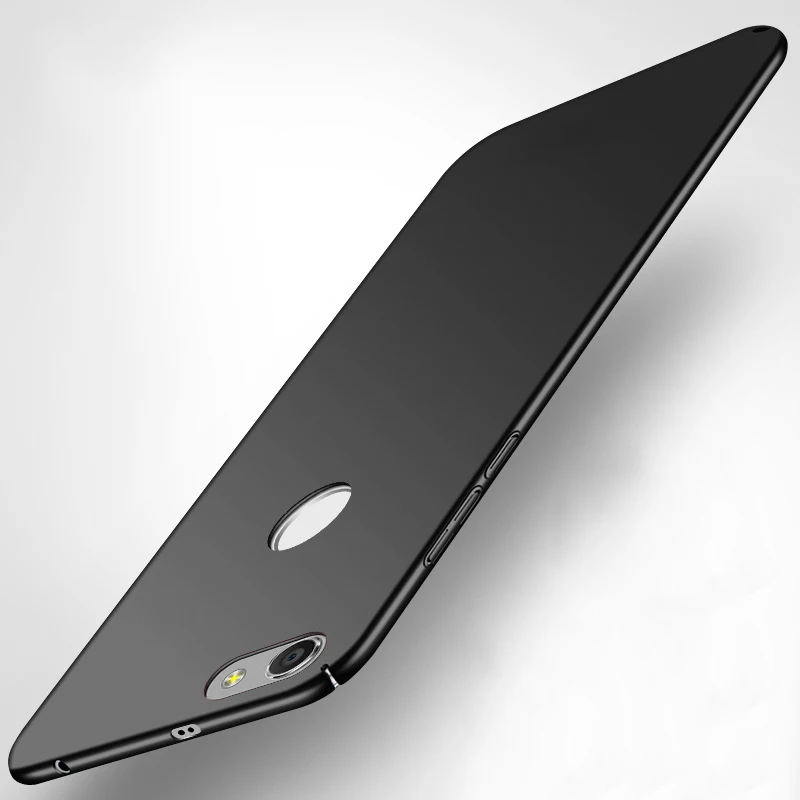
The motors were more than 4 times stronger than the original Ronin1 and DJI claimed that the system could be used in gusts up to 75mph (100kph). The R-2 was a complete redesign which improved on the installation and adjustment of Ronin 1. There were however many more reasons that the Ronin 2 gimbal became so popular. However, over time, clients found that using the on-board Gimbal batteries to both power the gimbal, camera setup and peripherals was a much more convenient way of working and by this time the Ronin 2 had come out using batteries which were 2.3x more powerful than the MoVI batteries, as these had a capacity of 4,200mAh vs 1,800mAh, so the benefit of working in this manner with the Ronin 2 was clear and VMI stopped offering the MoVI models as a result.
MOVI PRO CASE PRO
The MōVI Pro at 2.5kg offered a 13kg payload capacity and was able to balance quite long camera configurations and incorporate the unique Mimic remote camera operation which proved very popular. Whilst camera systems longer than the Canon C300 could not be balanced on the original system, VMI modified the Ronin with a long arm modification (DJI Ronin Extension-arm Gimbal system, which both increased the payload capacity to 11kg from the original 7.25kg and also allowed longer camera setups to be balanced such as Sony F7, F5, F55 and/or Angenieux short zooms as well, so this became our standard Ronin model to hire out before this was superceded with the superior Ronin 2. The original DJI Ronin, at 4.2kg, was heavier than the MōVI Pro, however the benefit was that it was exceptionally easy to balance and master and offered exceptional affordability and specification. There is now a gimble solution for all productions!

This range is now been expanded to also include a built-in 4K camera head on a stabilised handle to feature the micro-compact Ronin Osmo X3 and high spec Osmo X5R with on-board 4K RAW capture. However, in our opinion the undisputed winner though is the drone manufacturer, DJI, who released the popular DJI Ronin Gimbal which VMI converted to the extension arm system and more recently the greatly superior Ronin 2 plus lighter-weight Ronin MX and single-handed operation Ronin S.
MOVI PRO CASE PROFESSIONAL
The Gimbal systems developed from the model radio control aircraft technology (RC) originally, using many of the same parts and rather unsatisfactory connectors for DC power and control systems and as a result, the original systems were rather flimsy and more consumer than professional – a far cry from the solid Broadcast and Film grip systems and Steadicam Vests that we were all accustomed too but all have now reached a level of sophistication that the reliability and operation is much more dependable, so they have reached widespread acceptance as regular production tools.Īll of these systems have improved, as did the aerial drone systems that they evolved from, with MōVI developing the much improved MōVI M15 and later MōVI Pro, each of which offered greater payload capacity and also greatly improved remote control interface. Saying that though, modern Gimbal systems offer even greater versatility, especially with the increasing range of support vests and systems – more on this later.

Their design means that operators can hold them for longer durations and are still the preferred system for top-end Dramas, Features and long takes. Steadicams are still the preferred tool for supporting long takes, have a higher payload capability and offer great versatility. It is worth mentioning that Gimbals are NOT the panacea of steady shot systems and as such, are not a replacement to the Steadicam.

This article explains the benefits and limitations of using these Gimbal systems and provides essential information if you want to use one in production and was completely revised in October 2019 to reflect the recent developments and changing production methodologies of gimbal technology.

(You still need training to use and balance a Gimbal effectively but they are much quicker to master). Steadicams had been around for a long time but you had to have a trained operator – so if you couldn’t afford a Steadicam, then it was clear that you needed to hire a Gimbal. Introduction This is definitely the time of the Gimbal.Įver since the incredibly stable images produced from the first MōVI 10 system went viral in 2013 from an operator doing his best to unseat the camera, the word Gimbal has entered into the vernacular of the filmmaker. This article explains the benefits and limitations of using these Gimbal systems and provides essential information if you want to use one in production.


 0 kommentar(er)
0 kommentar(er)
